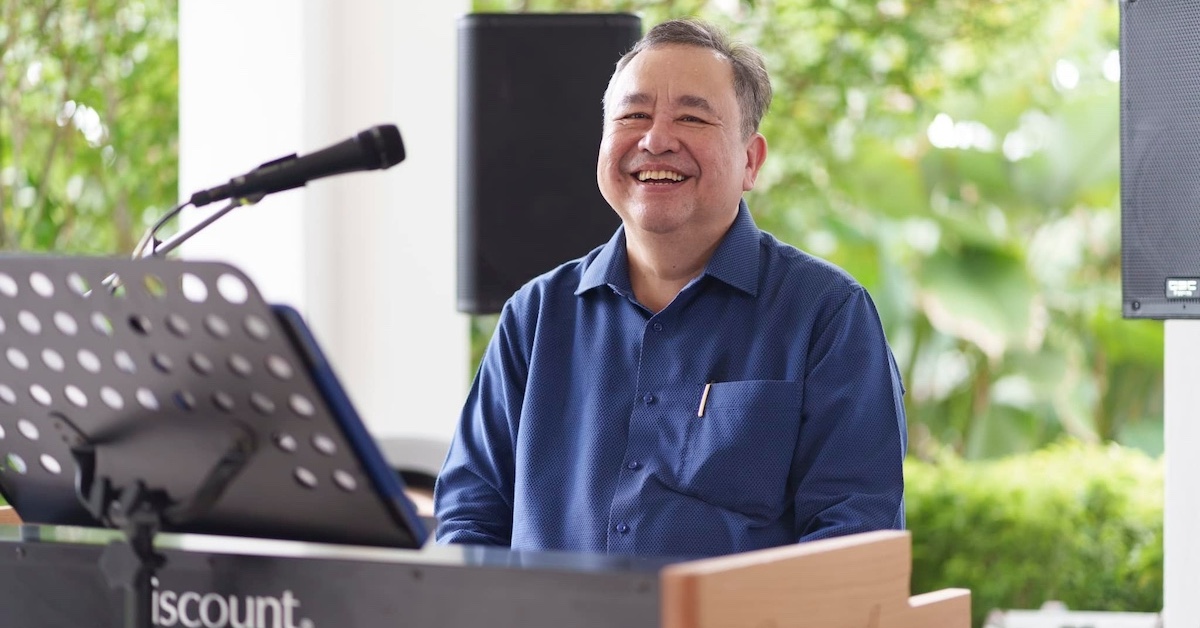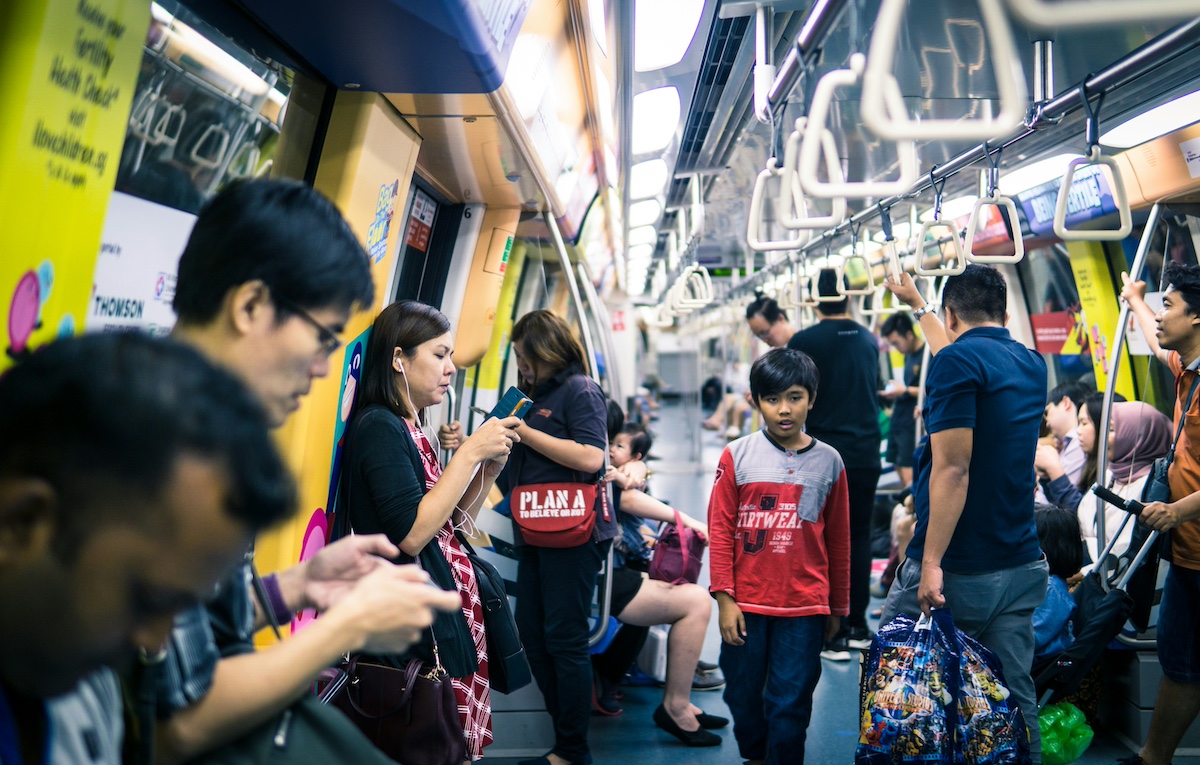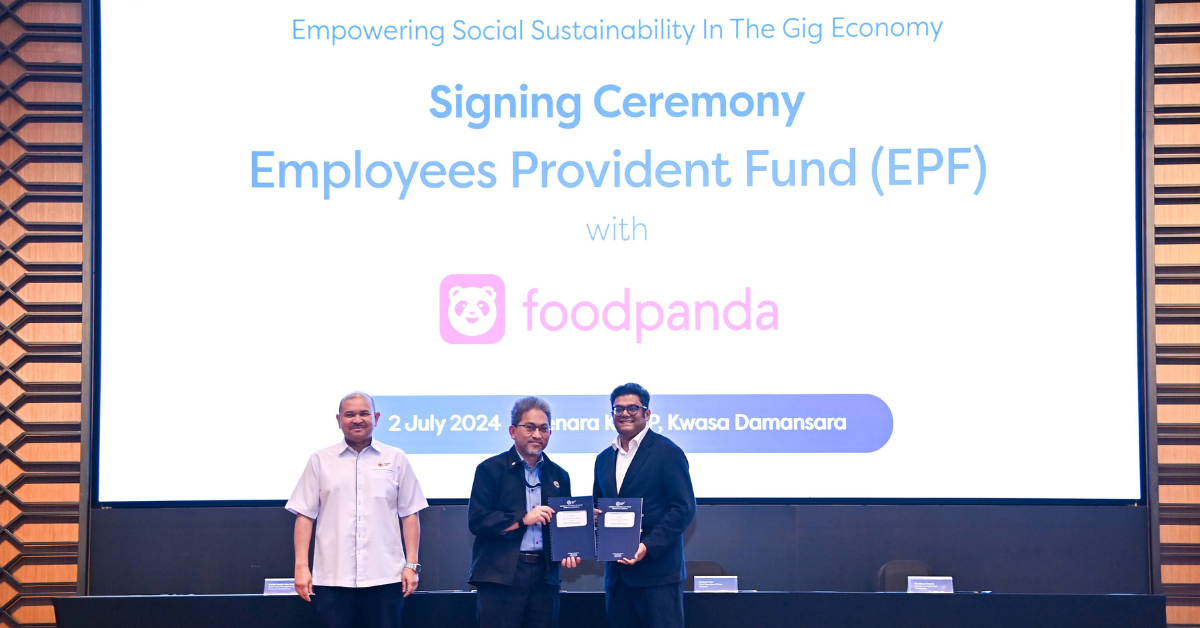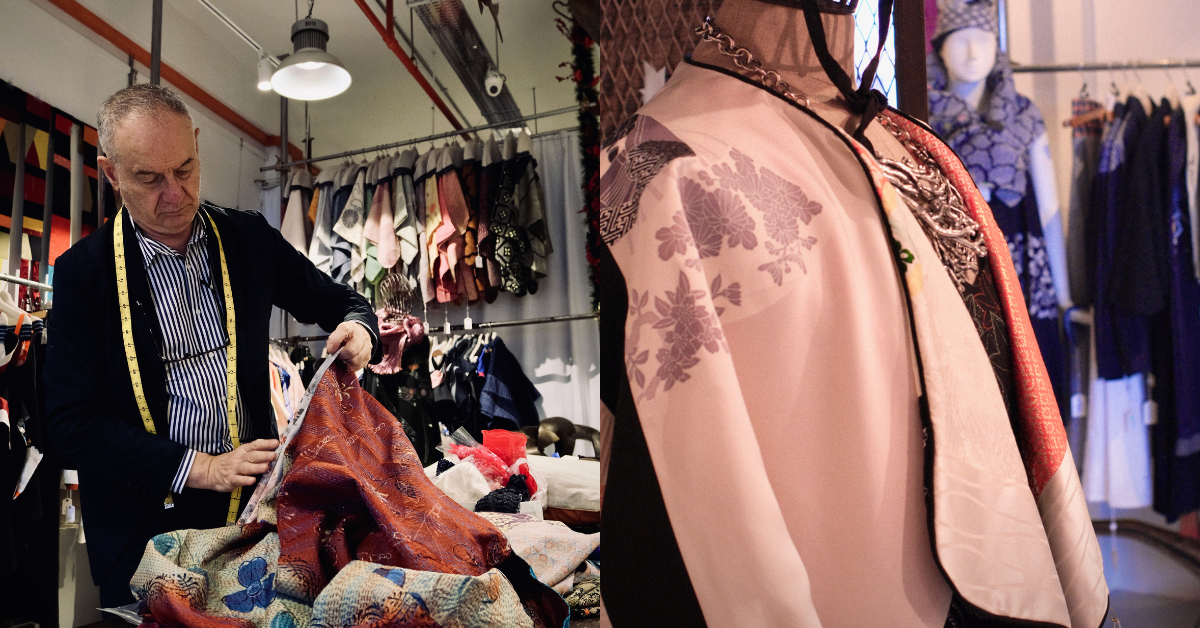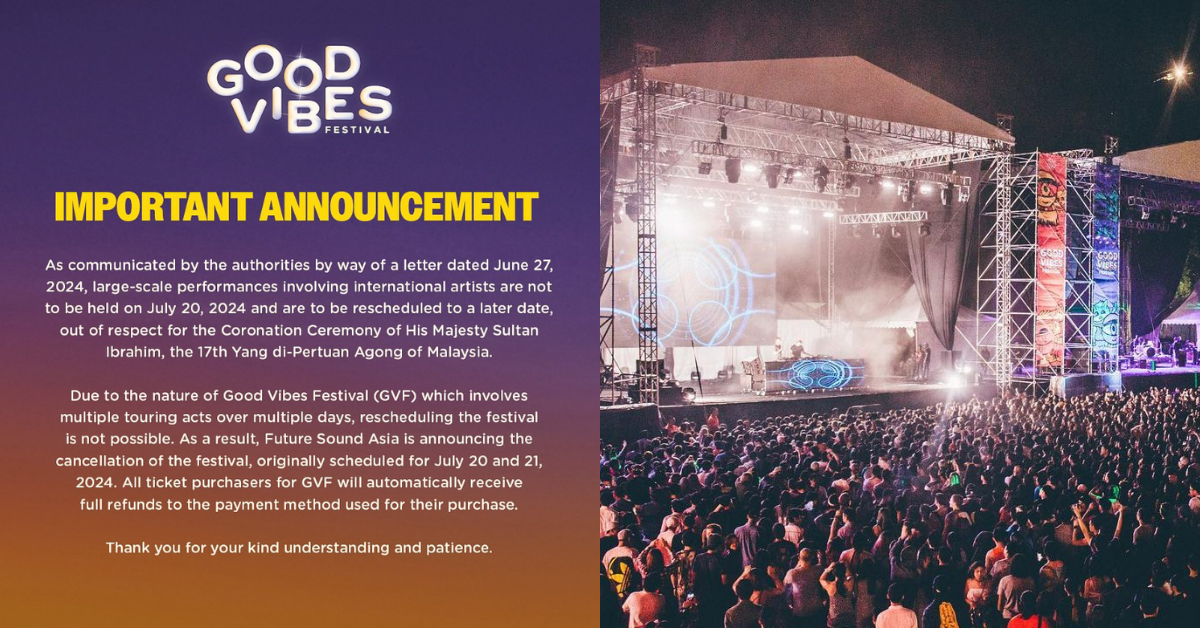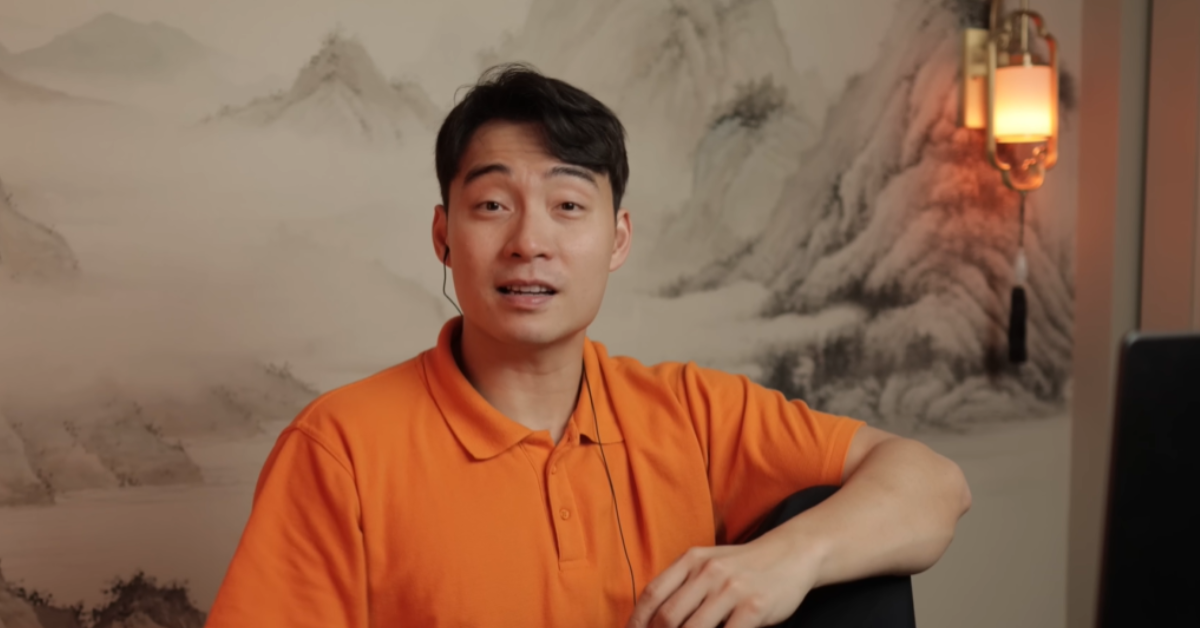Some of us feel relief and excitement upon receiving our first paycheck, thinking that it was worth loads back then. Now, imagine receiving that same sum decades later, considering how monetary value has depreciated.
Unfortunately, that is the reality that many local musicians face to this day. Singapore’s King of Swing, Jeremy Monteiro, spoke out in a lengthy Facebook post last week, revealing a shocking fact: local musicians have been earning S$150 a night since the 1970s.
According to the Monetary Authority of Singapore’s wage calculator, S$150 in 1970 is worth S$630 in 2023. “We must be recession-proof since prices have gone up, salaries have gone up, but musicians’ salaries have largely stayed the same since the mid-70s,” lamented Monteiro.
How much do you earn as a musician in Singapore?
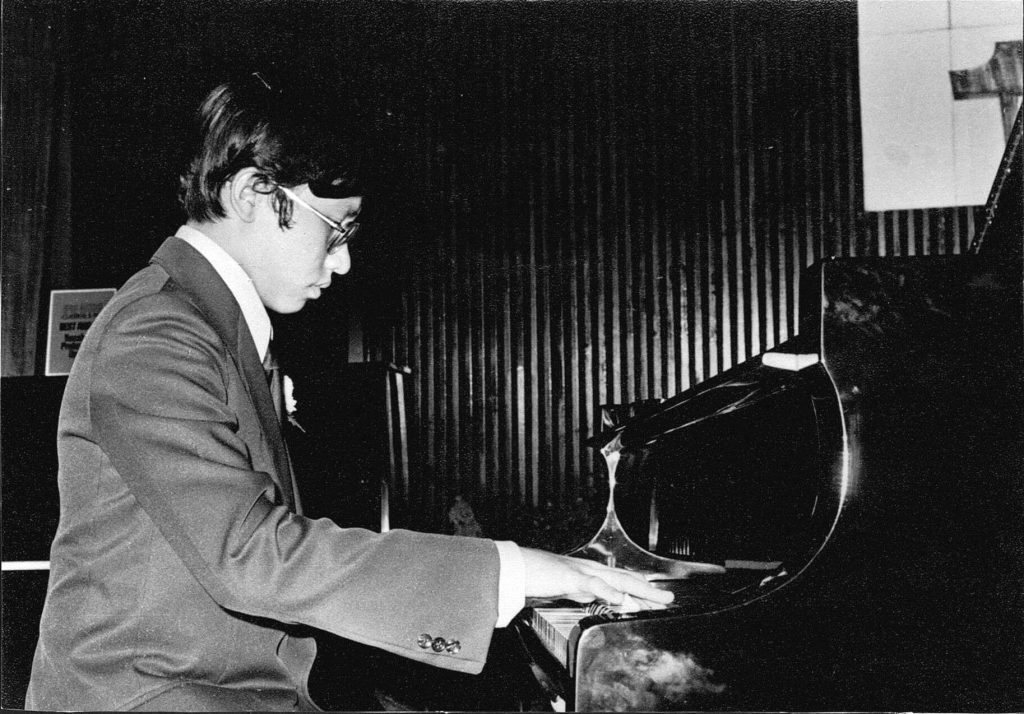
In his post, Monteiro wrote that while he “remains very grateful” for the opportunities and supporters he had from many corporations, including Swiss private bank EFG Bank, over the years, not all musicians can experience the same privileges he had.
If you are still sceptical of his claim, let’s look at all the possible revenue streams of musicians in Singapore:
- Freelance music club gigs – Full-time residences have become rare in Singapore
- Music Teacher – As part of a teaching faculty or as a freelancer
- The occasional corporate gig – According to Monteiro, tends to pay much better
Monterio writes that the earnings from these gigs can total up to a monthly salary of S$4,000 to S$8,000. However, this only constitutes 20-30 per cent of income earners—the average musician only earns S$2,000-S$5,000 per month.
For context, cashiers in Singapore earn about S$1,900 to S$2,400 a month, while full-time retail sales associates receive monthly salaries of S$2,200 to S$2,700 at the time of writing.
Monterio also noted that the public often has the false impression that musicians have large paychecks upon looking at artists, such as JJ Lin and Steffanie Sun, who have been able to do concerts, sell out stadiums, and make millions every year.
However, this remains a pipe dream for many musicians in Singapore.
This is not a lucrative living. It a vocation. We do this because we love this and are passionate about it.
This is not a luxurious profession. But yet, we always look well, dress well and present our best front to the public we serve.
So at the end of the day, most of us musicians are workers in Singapore like everyone else. Except without medical benefits and retirement funds. But we still pay tax.
– Jeremy Monteiro, award-winning jazz pianist and Singapore’s King of Swing
He also added that many musicians are not paid CPF and only contribute to their CPF accounts for healthcare, which means they may not have enough savings to prepare for potential medical issues that may arise in old age.
As someone who views herself as a music lover, I was certainly disillusioned by the razzle-dazzle of the music industry.
Addressing “The Starving Artist” and “The Tortured Artist” stereotypes
On the other hand, there are some who believe that a career in the arts is never financially viable to begin with, often falling back on two age-old stereotypes: “The Starving Artist” and “The Tortured Artist”, to support their worldview.
According to a VICE article, the Starving Artist is defined as someone who chooses to pursue a career in creativity while accepting that they will be “broke for a very, very long time.” On the other hand, the tortured artist is used to describe someone who experiences mental pains to feed into their obsession with becoming a great artist.
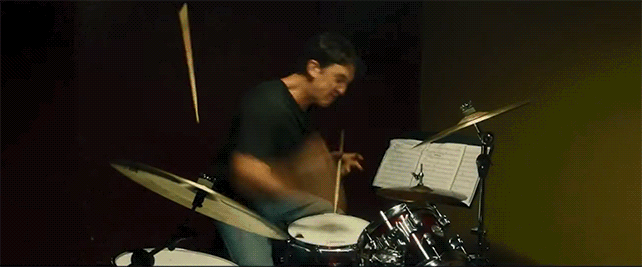
While not everyone is willing to endure severe mental and even physical pain, as portrayed in movies like Whiplash, this has inevitably pushed the narrative that to become a “successful one-of-a-kind” artist, one needs to be extremely devoted and passionate about practising their art and resort to extreme methods if all else fails.
And yes, Monteiro’s figures do paint a rather depressing picture of a Singaporean artist’s life. But what if it’s not a matter of talent but of the lack of audience exposure?
These two stereotypes have also shamed artists who promote themselves, whether by giving flyers to passers-by for a free concert or posting videos on social media to create a fanbase.
Many artists, including Monteiro, have voiced the importance of promoting themselves. He shared that while practice is given to becoming a great artist, one must also be able to market oneself to have more opportunities to perform and, most importantly, get paid.
Most of us cannot hire publicists. So stop believing the teachers who tell you that putting yourself out there to promote yourself on social media etc is obscene and that you should only concentrate on the music.
You have to do both. If you are only doing one, you are only doing half the work.
– Jeremy Monteiro, award-winning jazz pianist and Singapore’s King of Swing
Our thoughts on the Singapore entertainment industry
That said, I believe that not all is lost for aspiring musicians in Singapore, as the local music scene is also growing along with the Southeast Asian music industry.
According to the 2022 National Music Consumption Survey by the National Arts Council (NAC), 67 percent of participants listened to music composed or performed by Singaporeans. A previous survey also showed that half of the respondents had an improved perception of homegrown music upon being exposed to it.
With the advent of social media and music streaming platforms, many Singaporean artists have an outlet and new opportunities to share their music and talent with the online masses and earn directly from streaming services.
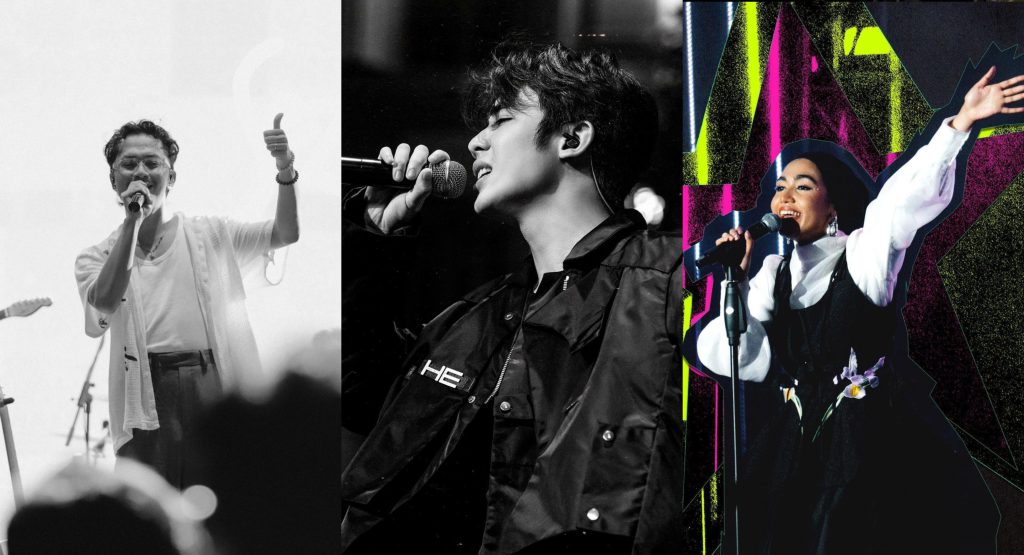
Some even achieved virality—Singapore Idol winner Sezairi Sezali was the first homegrown artist to hit 100 million streams on Spotify in 2022, singer-songwriter-producer Josh Mazako became one of Singapore’s top artists on TikTok with his song “Half of my Heart,” and Shareefa Aminah, who goes by “Shazza,” went viral for collaborating with Canadian pop duo Crash Adams last year.
With more world megastars like Taylor Swift and Coldplay making Singapore a key destination for their stadium tours, it has attracted many international festival organisers to launch their first Singapore edition.
South Korean music festival Waterbomb recently announced that its inaugural Waterbomb Singapore festival will be held in August this year. Local acts, including singer-songwriter Haven and rapper ALYPH, will perform alongside K-pop powerhouses Rain, Jay Park, and CL, among many others.
However, I think that for Singapore’s music scene to achieve global recognition, more can be done to support our local musicians. Some Singaporeans still harbour an unconscious bias towards Singaporean musicians, deeming their music to be “subpar” compared to international musical acts.
Most recently, when Waterbomb called for an artist wishlist for its first Singapore edition via an Instagram post, internet trolls took to the comments section to express their disdain for local acts possibly being included.

The pushback did not go unnoticed by Singapore-based singer lullaboy, who expressed his disappointment in a TikTok carousel video. The video has since garnered many supportive comments and almost 130,000 views at the time of writing.
Singaporean singer-songwriter Shazza also shared her experience with netizens’ reactions to her music in an interview with CNA. Many expressed surprise that some of her songs were sung by a fellow Singaporean instead of an international artiste.
“I’m really glad they enjoyed it, but at the same time, it’s like, why does it have to be international for it to be good, you know what I mean?”
What more can we do for the local music scene?
This might seem idealistic to some readers, but it is possible to make a living as a musician. Many musicians, such as The Beatles, Jimi Hendrix, and even the K-pop band BTS, achieved megastar status despite multiple rejections from industry executives and the public.
For our musicians to have more opportunities to showcase their talents, being willing to listen to new music with an open mind is the first step to removing any unconscious bias. Even if you might end up not enjoying certain tracks, you can at least learn to appreciate them.
But we cannot ignore the fact that many Singaporean musicians are struggling to financially support themselves for the long term and have sustainable careers—this is where the Singapore government organisations come into play.
Earlier this year, the Singapore government announced at several parliamentary meetings that it would provide more financial support for local artists. For Budget 2024, Prime Minister and Minister of Finance Lawrence Wong shared that S$100 million would be dedicated to support local artists over the next four years.
Singapore’s Minister of State for Culture, Community and Youth, Low Yen Ling, shared that the funds would be used to strengthen various areas within the sector, which include revitalising heritage areas to make funding more accessible.
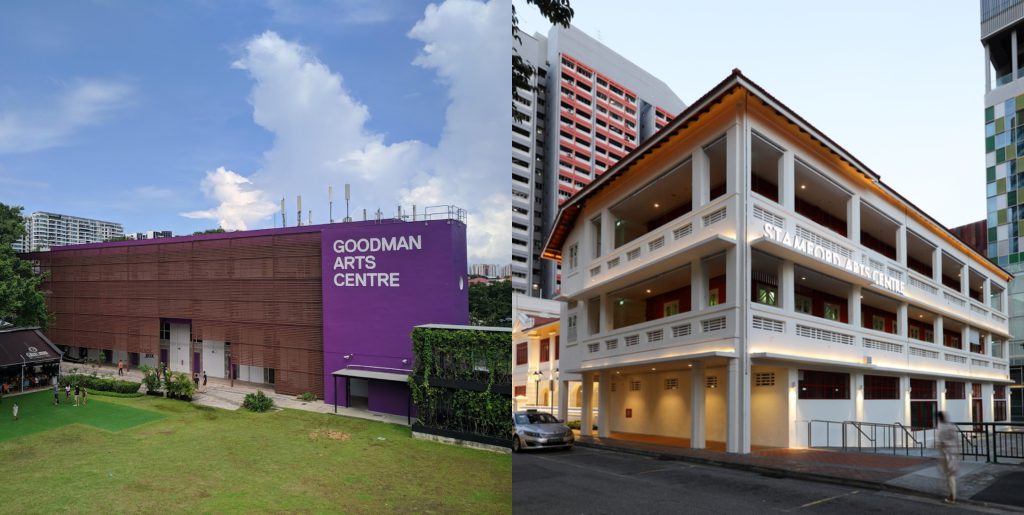
To support freelance artists across different art disciplines, NAC has also launched the Arts Resource Hub, which provides them with co-working spaces and resources ranging from financial to legal advice.
Monterio also emphasised the need for artists to effectively manage their finances, expressing his admiration for younger aspiring musicians in the scene for having the bravery to enter an industry that he described as one that “can only provide most just sustenance and make only a little more.”
He also strongly advised that artists who lack the financial wherewithal should “cancel” their ambitions to obtain expensive goods and live luxuriously. Instead, they should strive to save as much as they can so that they do not have to worry about paying the bills and still be able to spend it with their families.
I don’t mean to depress you, my fellow Singaporean musicians with this post.
I have made many mistakes as a musician of 48 years and while I am still doing ok, I do not have the correct amount of savings for old age at this early old age age of 64.
I hopefully have some years to rectify these mistakes before I get too old.
– Jeremy Monteiro, award-winning jazz pianist and Singapore’s King of Swing
Featured Image Credit: Jeremy Monteiro via Facebook
